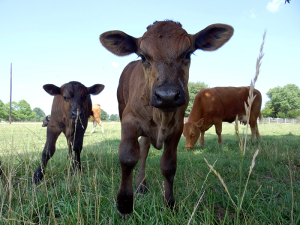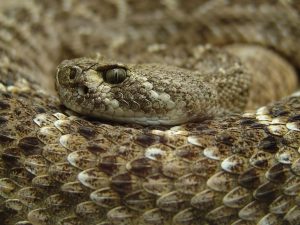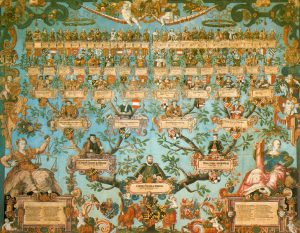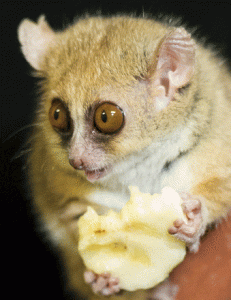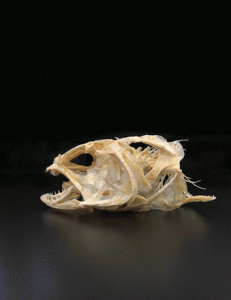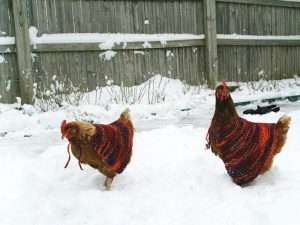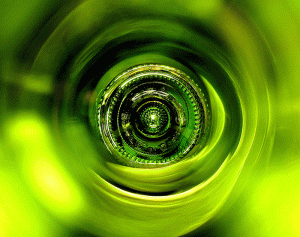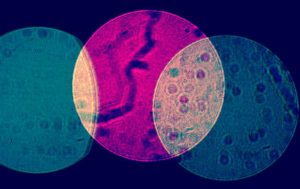Enter your address to receive notifications about new posts to your email.
Science & Publishing
-
Science & Publishing
Learning to peer review
GENETICS Editor-in-Chief Mark Johnston introduces a new peer review training program for early career scientists. “Just tell them what you think of them.” That was the response of one of my mentors when I asked him how I should review grant applications. I was a newly-minted Assistant Professor and had been asked to sit on an NIH study section. I…
-
Science & Publishing
To make an embryo, you gotta break some mitochondrial DNA
Over twenty years ago, somatic cell nuclear transfer (SCNT) let scientists successfully clone the first mammal—Dolly the sheep. Despite advances since then, the efficiency of this process remains low. In the July issue of G3, Srirattana and St. John report a method to deplete cattle donor cells of mitochondrial DNA and efficiently generate blastocysts from…
-
Science & Publishing
Venom holds clues to triggers of gene family expansion
They rattle as warning, but during the hunt their strike is silent and sudden. Any rabbit or mouse targeted by a rattlesnake is doomed—the snake’s bite carries a paralyzing venom. The toxins in this venom are proteins encoded by a large gene family that arose by gene duplication. In the July issue of GENETICS, Margres…
-
Science & Publishing
Germline immortality in C. elegans depends on epigenetic inheritance
Inheriting a trait from a grandparent doesn’t always involve their DNA sequences. In many organisms, some traits can be passed down for multiple generations via non-sequence based mechanisms, a phenomenon called transgenerational epigenetic inheritance. The most familiar example is that human disease risk might be influenced by the lifestyle of a person’s grandparents. But by…
-
Science & Publishing
Publish your software and data resources in G3!
Geneticists increasingly depend on highly specialized software and databases. Although it is vital to the field that these resources be well documented and their benefits widely disseminated, reports of new software and databases don’t always fit the mold of a typical research paper. The structure of a conventional research article forces authors to present their…
-
Science & Publishing
July GENETICS Highlights
Check out the July issue of GENETICS by looking at the highlights or the full table of contents! ISSUE HIGHLIGHTS The nucleoporin Nup2 contains a meiotic-autonomous region that promotes the dynamic chromosome events of meiosis, pp. 1319-1337 Daniel B. Chu, Tatiana Gromova, Trent A. C. Newman, and Sean M. Burgess Chromosomes are organized in the nucleus to accommodate multiple functions.…
-
Science & Publishing
New in G3: halophilic yeast, cotton gene flow, and karyotypic evolution in icefish
Check out the July issue of G3! Table of Contents Genome Report Insight into the Recent Genome Duplication of the Halophilic Yeast Hortaea werneckii: Combining an Improved Genome with Gene Expression and Chromatin Structure Sunita Sinha, Stephane Flibotte, Mauricio Neira, Sean Formby, Ana Plemenitaš, Nina Gunde Cimerman, Metka Lenassi, Cene Gostincar, Jason E. Stajich, Corey Nislow G3: Genes,…
-
Science & Publishing
Hot wings and snow birds: Extreme temperature adaptation in domestic chickens
Humans built the modern world with the help of domestic plants and animals. A byproduct of our many domestication experiments is a series of excellent long-term controlled evolutionary comparisons that are helping geneticists understand adaptation. In a study published in the May issue of G3, Fleming et al. identify genomic regions under natural selection in…
-
Science & Publishing
Alcohol withdrawal is influenced by Slo channels
For people with alcohol dependence, withdrawal symptoms can cause relapse. Some physical symptoms—such as seizures, delirium tremens, and heart rhythm abnormalities—can be fatal, but even non-life-threatening symptoms like anxiety and confusion can trigger relapse. The changes in the nervous system that underlie withdrawal symptoms may involve ion channels in the Slo family. The function of…
-
Science & Publishing
How nematodes sense danger
In critical situations, communication can mean the difference between life and death. If our house goes up in flames, we don’t need to smell smoke to be alarmed as long as someone yells, “Fire!” This isn’t unique to humans; even creatures with much less sophisticated means of sharing information have ways of telling each other…
-
Science & Publishing
An overactive immune system alters the gut microbiome in Drosophila
Taking probiotics might be the latest health fad, but for people with inflammatory bowel diseases, the microbiome is a more serious matter. With these autoimmune diseases, the composition of the gut microbiome can have critical health consequences. In the June issue of GENETICS, Mistry et al. use fruit flies to determine whether immune system activity…



